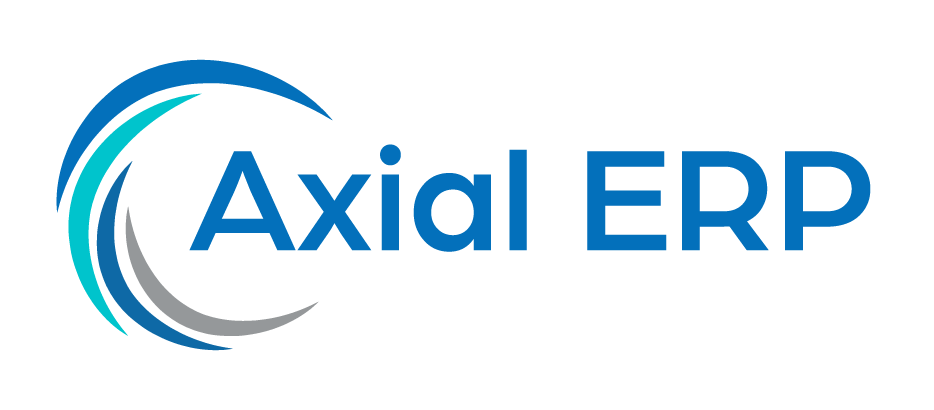Maximizing Productivity in Construction with Custom ERP Workflows
The construction industry constantly faces the challenge of improving productivity and efficiency. In this context, custom Enterprise Resource Planning (ERP) systems are presented as a key solution to optimize processes and maximize productivity. Through this article, we will explore how the implementation of custom ERP workflows can transform construction project management, from planning to execution and monitoring.
What is an ERP and How is it Applied in Construction?
An ERP is a software that integrates all business operations, including accounting, project management, procurement, and human resources, into a single system. In the construction industry, a custom ERP is specifically tailored to manage and automate the unique processes of this sector, allowing for a holistic and real-time view of project status.
Benefits of a Custom ERP in the Construction Industry
The customization of an ERP allows it to adapt to the specific needs of each construction company. Some of the key benefits include:
- Improved project coordination
- Optimized resource management
- Reduced costs and execution times
- Better data-driven decision-making
- Increased customer satisfaction
By addressing these points, the ERP becomes an indispensable tool for competing in an increasingly demanding market.
Implementation of ERP Workflows in Construction
The implementation of an ERP in construction must follow a well-defined strategy that includes the customization of workflows. These workflows should reflect the company’s business practices and be flexible enough to adapt to changes and new needs.
Planning and Designing Workflows
The first step is to conduct a thorough analysis of existing business processes and determine how they can be improved and automated. This involves careful design of workflows that will guide daily operations and provide a framework for decision-making.
Development and Customization of the ERP
With the design of workflows in hand, the next step is to develop and customize the ERP to fit these processes. This may require the development of specific modules or integration with other tools and technologies.
Training and Adoption
For the implementation to be successful, it is crucial that all staff receive proper training and adopt the new system. Resistance to change is natural, but with training and demonstration of the benefits, the transition can be smoother.
Monitoring and Continuous Improvement
Once implemented, the ERP must be constantly monitored to ensure that workflows are functioning as expected and to identify areas for improvement. The flexibility of the custom ERP allows for continuous adjustments and refinements.
Challenges in Implementing ERP in Construction
Despite the clear benefits, implementing a custom ERP in construction is not without its challenges. These may include:
- Resistance to change from staff
- The complexity of integrating legacy systems
- The need for a significant initial investment
- The constant maintenance and updating of the system
Addressing these challenges requires a strategic approach and a commitment to continuous improvement.
Conclusions
Custom ERP workflows have the potential to revolutionize productivity in the construction industry. By integrating all areas of business into a unified system, construction companies can achieve more efficient management, make data-driven decisions, and respond more agilely to market demands. The key to success lies in careful implementation and a commitment to constant adaptation and improvement.



